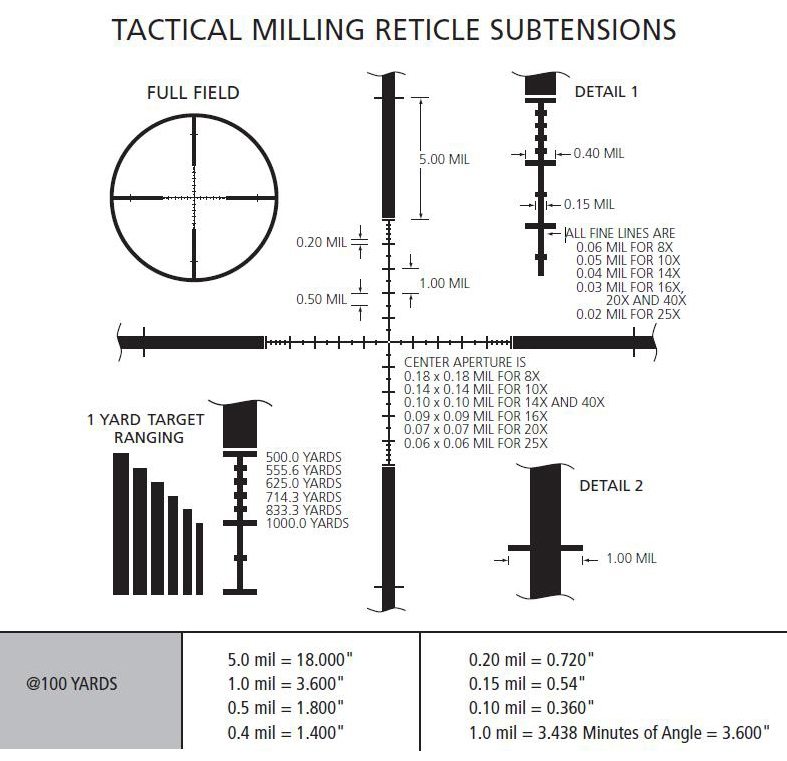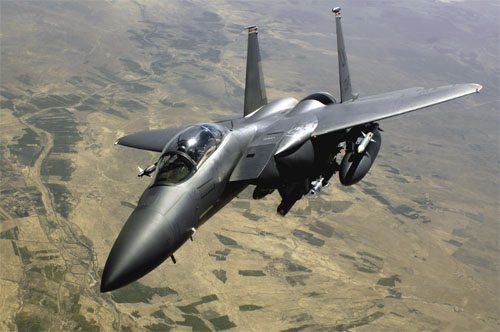Moscow: The U.S. intention to locate advanced elements of its missile-defense system in Eastern Europe is alarming Russian experts. Claims that 10 anti-missiles are a small number and pose no threat to Russia, which they say boasts thousands of nuclear warheads, and that “these missiles will protect Europe from rogue nations” — meaning Iran and North Korea — are tongue-in-cheek and directed at ignorant people.
It all sounds like the speech made by Colin Powell during his tenure as U.S. Secretary of State at a meeting of the U.N. General Assembly. In it, he argued Iraq had weapons of mass destruction and the world community was obliged to stop their proliferation and use. The upshot of all that is well known: Such weapons were never found anywhere in Mesopotamia.
The same fate may befall an American defense shield in Poland and the Czech Republic. The references to threats from Iran and North Korea don't have a leg to stand on.
The first reason is that neither Tehran nor Pyongyang has or will have in the near future intercontinental missiles able to fly more than 3,400 miles. The ones they have are unable to go farther than 1,900 miles. To overstep this boundary requires other design solutions and more advanced electronic hardware and software for keeping missiles on course.
But Iran and North Korea, as missile tests in the two countries have shown, have big problems here, and 10 years will not be enough to solve them. They need scientific and technical expertise of a different sort, and more developed defense industry and defense technology.
The second reason is that a look at a map or a globe will show you beyond a shadow of a doubt that ballistic missiles on their way from Iran or North Korea to the United States do not need to cross Poland or the Czech Republic. Pyongyang has no need to go over Europe in order to reach U.S. territory.
And Iranian missiles would find it more convenient to travel to the Western Hemisphere via Turkey, Greece, Italy and Spain. When you realize this, it becomes clear that U.S. anti-missiles in Poland are meant to intercept Russian, rather than Iranian, missiles, because one of their possible trajectories to the United States would go over and across Europe.
But the snag for the United States is that the strategic missiles deployed in European Russia — mobile and silo-based Topol-M (NATO reporting name SS-27) missiles and Stilet missiles — make too quick a getaway to be intercepted by U.S. anti-missiles. Solid-fueled Topols (SS-25 Sickle) have a launch speed of 5 km/sec, and liquid-fueled Stilets, 4.5 km/sec, compared with the 3.5 km/sec of ground-based interceptors. GBIs cannot catch up with Russian strategic missiles because they are too slow and too far from where the missiles would be launched. And the trick could never be pulled off outside the atmosphere, because Topol and Stilet warheads have even faster speeds there.
Why, then, should Russia worry about 10 GBIs in Poland if they are no match for Topol and Stilet missiles, especially considering that even today, with GBI tests still going on, their interception success rate is one in two?
The reason is that the GBIs are at a disadvantage only today, while tomorrow the tables may be turned. Rocketry keeps improving all the time, and military experts know that what is playing up now can clean up its act in a year or two. Ground-based interceptors belong to this class of developments. What is more, they are supposed to have nuclear warheads in the future, which only adds to complications.
Experts know that a solo strategic missile is hard but not impossible to intercept. The Soviet Union did that in 1961, and the United States 30 years later. But an attack by a bevy of missiles and warheads escorted by decoys — clouds of metal chaff and small balls and masking objects released by the missile to camouflage its munitions — is almost impossible to deal with using ordinary techniques.
It is fiendishly difficult to identify or separate false and actual targets and to steer the missile down the “right,” rather than the deliberately distorted, path, all in a matter of seconds. In order not to miss, an extra-atmospheric counter nuclear explosion must be used. This, incidentally, is the principle at work in Moscow's A-135 missile defense system.
The United States has long been working on small nuclear warheads, both to hit deeply buried targets, such as command and control centers, and to be used in counter-missiles. Unlike Russia, the United States has still not ratified the comprehensive nuclear test-ban treaty and it may well be that it wants to test its “nuclear plans” in practice.
The explosion of such nuclear warheads over Europe, even beyond the atmosphere, could do irreparable damage to the natural environment of a country and its population by dropping radioactive rain on it. In that way, the United States, while trying to protect itself, exposes its NATO allies and even other, neutral, countries to the effects of a nuclear strike.
Gen. Yury Baluyevsky, chief of the general staff of Russia's armed forces, commenting on Poland's wish to have U.S. anti-missiles on its territory, said: “Let them do it, but they should not complain if something drops on their heads. What could drop on them does not need to be explained, I think.”
There is one more question. How is Russia going to react to the prospect of U.S. missile defenses appearing on its borders? President Vladimir Putin said that the reply would be asymmetrical and low-cost. He did not explain the details. Col. Gen. Nikolai Solovtsov, commander of the Strategic Missile Force, supplied the answer.
“We can resume the production of intermediate- and shorter-range missiles,” he said, “and target them at the countries hosting an American missile defense system.” But I do not think this will ever be done. We need not be drawn into a ruinous arms race even if the deployment of U.S. counter-missiles in Eastern Europe also pursues this goal.
Russia has enough strategic missiles to fear nothing either from current or future U.S. missile defenses. Even though now, as stipulated by an agreement between the United States and Russia, the missiles are not programmed with target coordinates. This “drawback” could be easily and effectively remedied without any big financial injections. Russian missiles might be re-targeted at facilities in Eastern European countries as well.
The responsibility will rest not on Moscow, but on Washington and governments that, without even asking for the permission of their people, have extended an invitation to others' anti-missile defense systems — systems that spell trouble, not safety, for Europe.
(Retired Maj. Gen. Vladimir Belous has a Ph.D. in engineering. This article is reprinted by permission of the RIA Novosti news agency. The opinions expressed in this article are the author's and do not necessarily represent those of RIA Novosti.)









